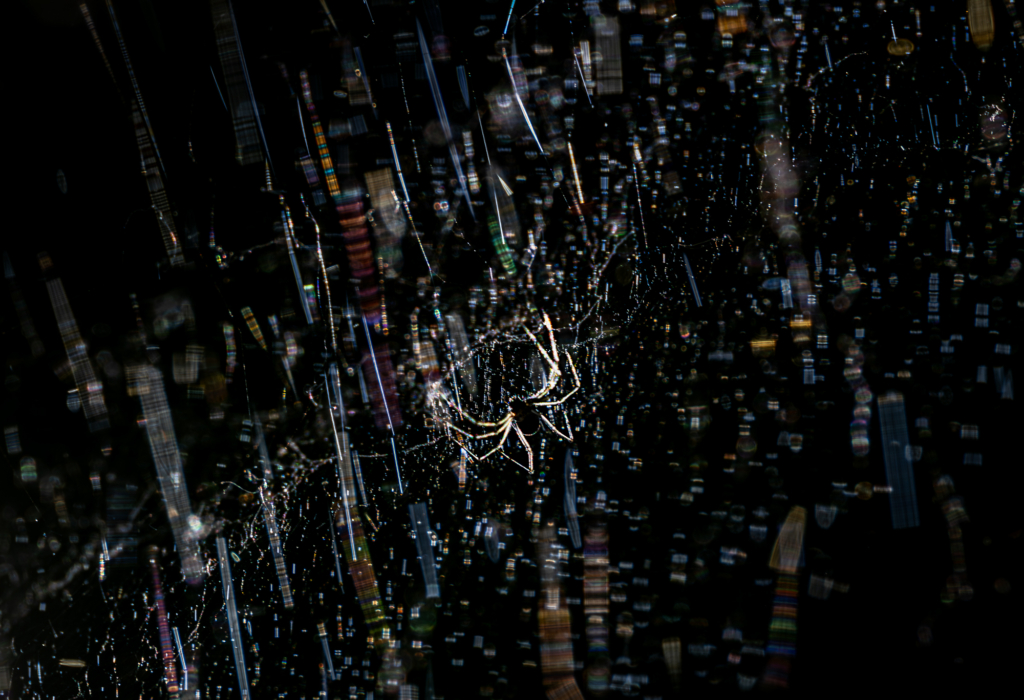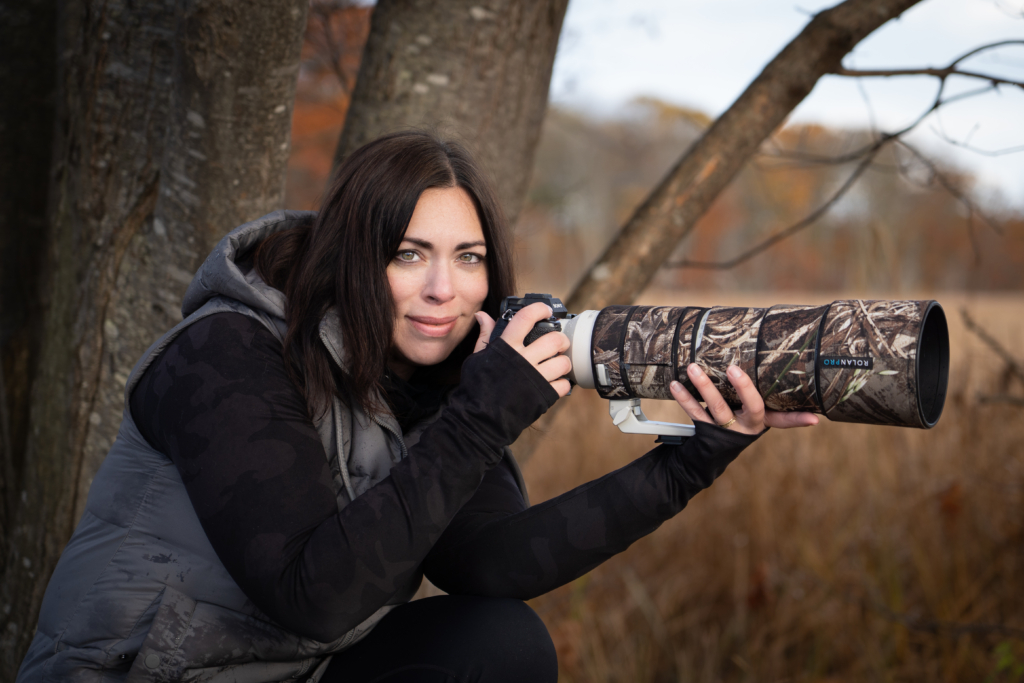On a quiet morning hike through a forest in Andorra, with no particular plan or destination, I slowed down to focus on the smaller stories around me. Spider webs lined the trail, suspended between branches and illuminated by the rising sun. As I moved around composing this scene, I noticed something extraordinary: at just the right angle, the web surrounding the backlit spider transformed into a shimmering prism — its threads scattering light into shifting rainbow bands instead of appearing as a simple trap of silk.
The rainbow-like colors occur when sunlight interacts with the microscopic structure of spider silk — a delicate filament only a few microns thick, comparable to the wavelengths of visible light. The phenomenon is a combination of diffraction and thin-film interference: light bends and scatters around each strand to form diffraction patterns, while the sticky glycoprotein droplets and thin layer of dew create interference similar to what we see in soap bubbles or oil on water. The mountain conditions that day — low-angled light, crisp air, and lingering moisture — came together perfectly to reveal this fleeting optical display.
And yet, beyond the physics, there was magic. For a few brief moments, the forest felt transformed — more cosmic than terrestrial — as if I were witnessing stars strung between the trees. This image reminds me that wildlife photography isn’t only about documenting animal behavior; it is also about capturing nature’s hidden artistry, waiting quietly in plain sight for light, patience, and perspective to align.


